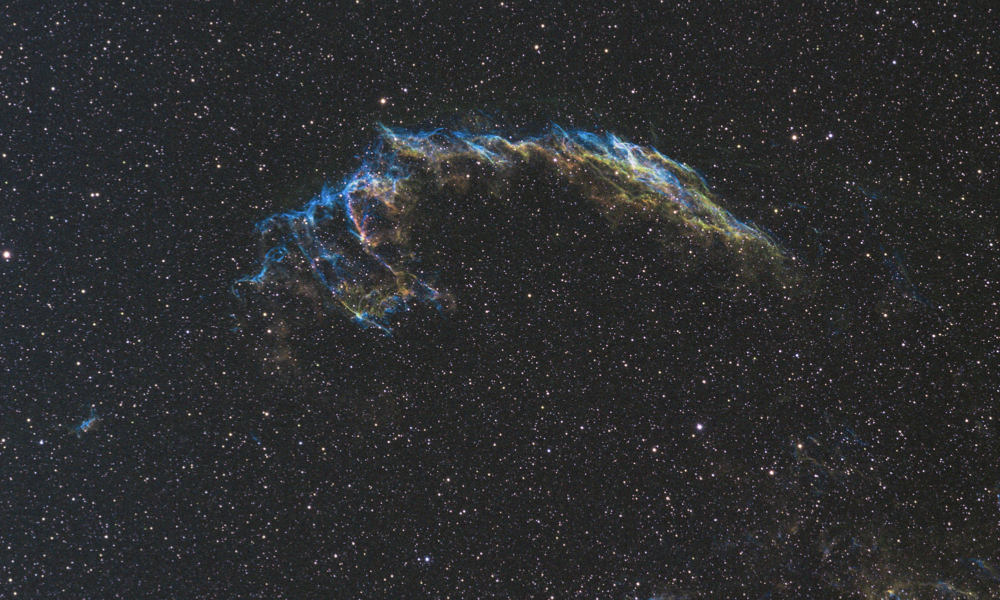
ESA Open Invitation To Tender AO8507
Open Date: 08/04/2016
Closing Date: 25/05/2016 13:00:00
Status: ISSUED
Reference Nr.: 15.197.19
Prog. Ref.: General Studies
Budget Ref.: E/0600-00 – General Studies
Special Prov.: BE+DK+FR+DE+IT+NL+ES+SE+CH+GB+IE+AT+NO+FI+PT+GR+LU+CZ+RO+PL+CA
Tender Type: C
Price Range: 200-500 KEURO
Products: Satellites & Probes / System Engineering Software / System Modelling & Simulation / Other
Technology Domains: Others
Establishment: ESTEC
Directorate: Directorate of Technical & Quality Manag
Department: System, Software & Technology Department
Division: Future Prep. & Strategic Studies Off.
Contract Officer: Zarifa Kudari
Industrial Policy Measure: N/A – Not apply
Last Update Date: 08/04/2016
Update Reason: Tender issue
The objectives of this study is to numerically characterize the debris cloud distribution that results from orbital hypervelocity collision of a satellite with a secondary object of various sizes up to a complete satellite. The post-collision debris cloud should be characterised in terms of fragment number, mass, area, linear momentum, angular momentum, energy distribution, and directionality. The physical principle of a hypervelocity collision must be simulated and analysed in order to understand the transition between the local damage effect and the catastrophic disruption when varying the energy to mass ratio, the distance between the CoM of thetwo involved objects, the relative-velocity and the type and structure of the intersecting components. The main outcomes shall be (1) on a macroscopic systems level, to understand the propagation of shockwaves throughout a spacecraft due to a hypervelocity collision, (2) to understand the global fragmentation and debris cloud generated due to this collision, and (3) to further understand the catastrophic failure criterion and the energy levels involved.
If you wish to access the documents related to the Invitation to Tender, you have to log in to the ESA Portal.
